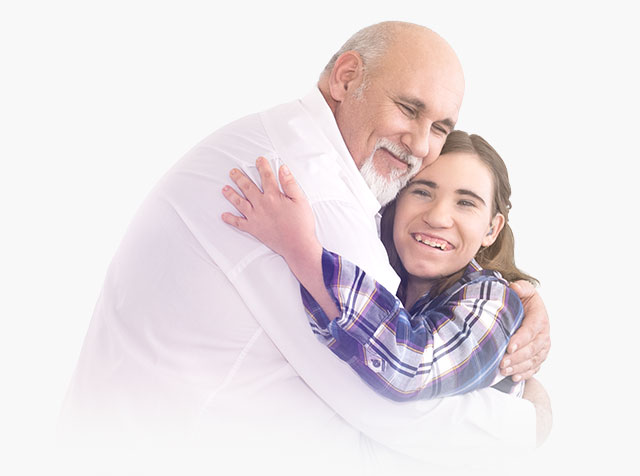Dr Wolf and Ms McGoldrick run a collaborative partnership in the care of people with epilepsy at a comprehensive epilepsy center in New York.
Dr Wolf and Ms McGoldrick are paid consultants of Eisai Inc.



There are a variety of treatments that your doctor may prescribe, depending on how severe your child’s LGS is. These may include:
Diet, like the ketogenic diet.
The ketogenic diet is a special high-fat, low-carbohydrate, low-protein diet. It has been found to reduce seizures in some people with epilepsy.⁴ The diet makes the body burn fat instead of glucose for energy.⁴ The ketogenic diet requires that you partner with your healthcare team to accurately implement it. Be sure to talk with your healthcare team before starting this diet, as side effects can be serious. Dehydration, renal stones, cardiac abnormalities, and abnormal lipid profile may occur.⁵
Surgery.
There are different types of epilepsy surgery that may help decrease seizures in people with LGS.⁶ One common surgery is called corpus callosotomy.⁶ A neurosurgeon will cut the fiber that connects the left side and right side of the brain. This won’t stop seizures, but may limit the spread of electrical activity from one side of the brain to the other.⁷ Additional surgical options include resections (during which the abnormal area of the brain that is causing the seizures is removed), multiple subpial transections (in which the area of the brain causing the seizures is interrupted),⁸ and vagus nerve stimulators (an implantation like a pacemaker to decrease the frequency of seizures).⁹
Continue partnering with your child’s healthcare team to find the treatments that reduce the number and severity of seizures your child experiences.


Dr Wolf and Ms McGoldrick run a collaborative partnership in the care of people with epilepsy at a comprehensive epilepsy center in New York.
Dr Wolf and Ms McGoldrick are paid consultants of Eisai Inc.